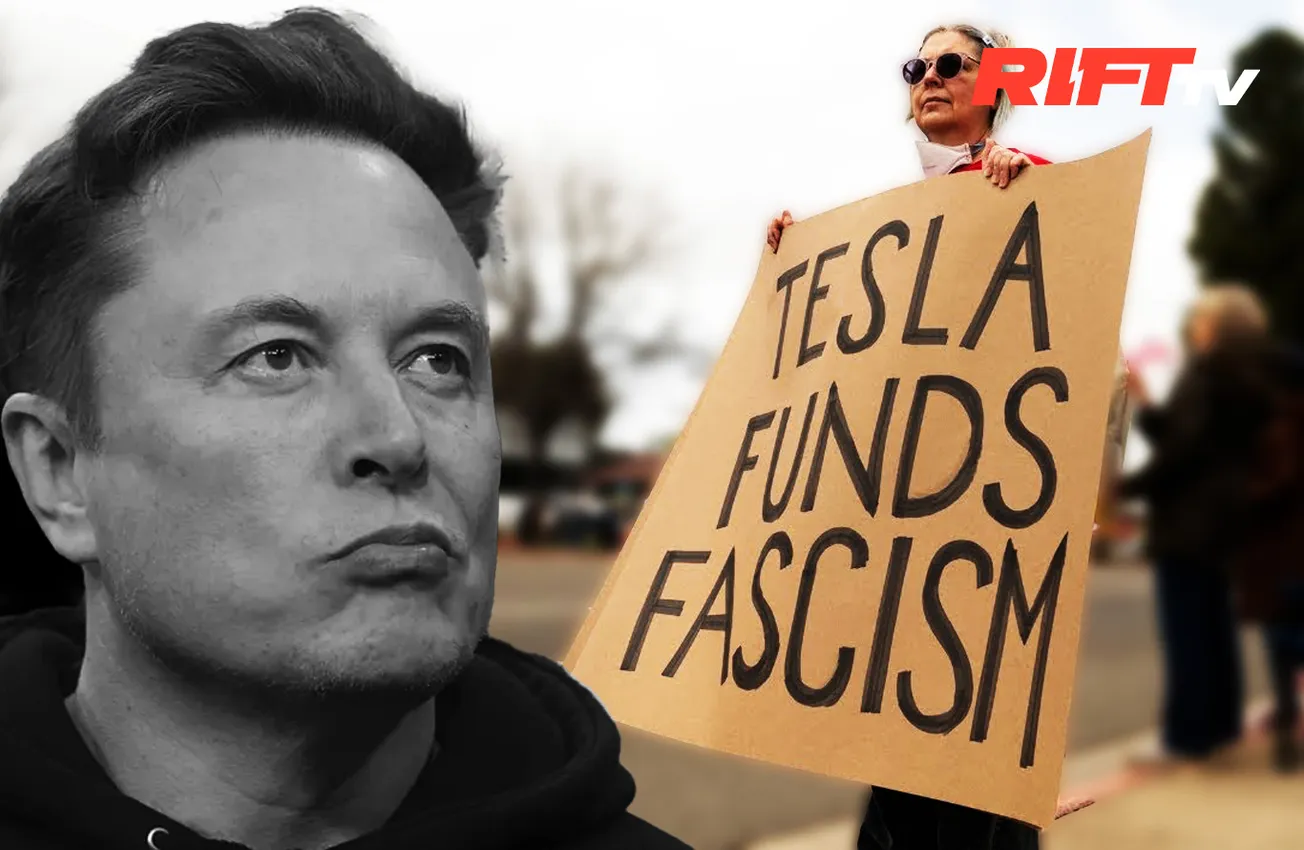WASHINGTON — Picture a U.S. soybean farmer who wakes up to learn that China has slapped a 25 percent tariff on his crop, pricing it out of the reach of buyers who previously purchased 60 percent of the world’s supply.
That’s not a bad dream — it’s been reality since 2018. China, India and the European Union, for instance, have been slamming American exports with tariffs as high as 778% while the U.S. charges 2.5% on most imports.
Now, President Donald Trump is retaliating with his own tariffs — 25 percent on Canada and Mexico, 20 percent on China, 10 percent on all imports as of April 3. It’s a massive push to bring these nations to the negotiating table — but why are they levying taxes on U.S. goods so heavily to begin with?
These tariffs target specific American industries with precision. U.S. International Trade Administration data shows that China’s 25% duty on U.S. soybeans has reduced America’s share of the market by 20% since 2018.
India levies a 100 percent tariff on American motorcycles, effectively doubling the price of a Harley-Davidson to buyers in that country. The EU puts 22.2% tariff on American dairy and blocks Wisconsin cheese from a $40 billion market.
Japan’s rice tariff is a staggering 778%—the highest in the World Trade Organization—ensuring no U.S. grower can challenge its 1.5 million local farmers. These countries are not messing around. They’re deploying tariffs to exclude U.S. goods, a policy that contributed to a $1.2 trillion trade deficit for America in 2024, according to U.S. Census Bureau data.
Averages can paint a misleading picture. A recent X post by Louis CK claimed China’s average tariff on U.S. goods is 7.5%, the EU’s 5%, and Japan’s 6.5%. But those numbers hide the real barriers: Japan’s 778% rice duty, India’s 100% motorcycle tax, China’s 25% soybean hit.
By focusing on averages, it’s easy to miss how these countries pick and choose industries to shut out American competition—a move that stacks the deck against fair trade. The U.S., with its 3.3% average tariff, faces a tough fight while Canada sends 67% of its GDP here, Mexico 73%, and China 37%, per U.S. International Trade Administration data.
Trump’s tariffs are, pure and simple, a negotiation tactic. On April 2, he declared a national emergency over the trade deficit and used the International Emergency Economic Powers Act to mirror what other countries pay: 25 percent on Canada and Mexico, 34 percent overall on China by April 9, and 20 percent on the E.U.
He’s wagering that the pressure will extract better deals. Mexico, which ships 80% of its $270 billion in auto exports to the U.S. is facing per-vehicle price increases of $10,000, per the Anderson Economic Group.
Canada’s $8.8 billion steel trade is on the line too. The two countries deferred the hit to 25% in March, which was a sign they were ready to act on border security and fentanyl—two issues Trump has linked to their specific tariffs.
So what might this strategy look like on the ground? History gives some clues. In 2018, Trump’s tariffs on China produced a deal in which Beijing reduced its auto tariffs from 25% to 15%, a win for American automakers.
The U.S. signed a trade pact with Canada and Mexico in 2020 (The USMCA) that includes better terms for U.S. dairy farmers, in part after Trump threatened tariffs during his first term.
This time, Mexico’s already hinting it will talk, in a March 15 statement talking about border security. Canada’s Prime Minister Mark Carney said Canada is facing the “biggest crisis of our lifetimes” according to the Toronto Star.
China, now facing 54% tariffs on some goods, has filed a WTO complaint but might budge—its economy relies on $405 billion in exports to the U.S. The EU, which got a 20% hike, has also negotiated in the past: in 2021, it suspended tariffs on U.S. bourbon after negotiations with the Biden administration.
Trump’s betting those countries will feel the heat. Last year, the U.S. imported $3.3 trillion in goods, according to data from the U.S. Census Bureau — a market that no one wants to lose.
If Mexico and Canada reach agreements, they would avoid the 25 percent tariffs and establish a model for others to follow. If its exporters push back hard enough, China could follow. But if the talks go nowhere, then the U.S. might be looking at higher prices — $3,000 more for a car, $50 more for a pair of sneakers, based on the previous effects from tariffs that the National Bureau of Economic Research has estimated. Trump’s approach is a high-stakes gamble: demand a reckoning on why these tariffs exist, or face a larger fight.
Please leave your opinions / comments on these stories below, we appreciate your perspective!




![TRANS TERROR PLOT: Undercover Sting Exposes Secret Network Hides Kids for Trans Treatments, Strips 'Transphobic' Parents Of Custody [WATCH]](/content/images/size/w1304/format/webp/2025/04/trans-rights.jpg)


